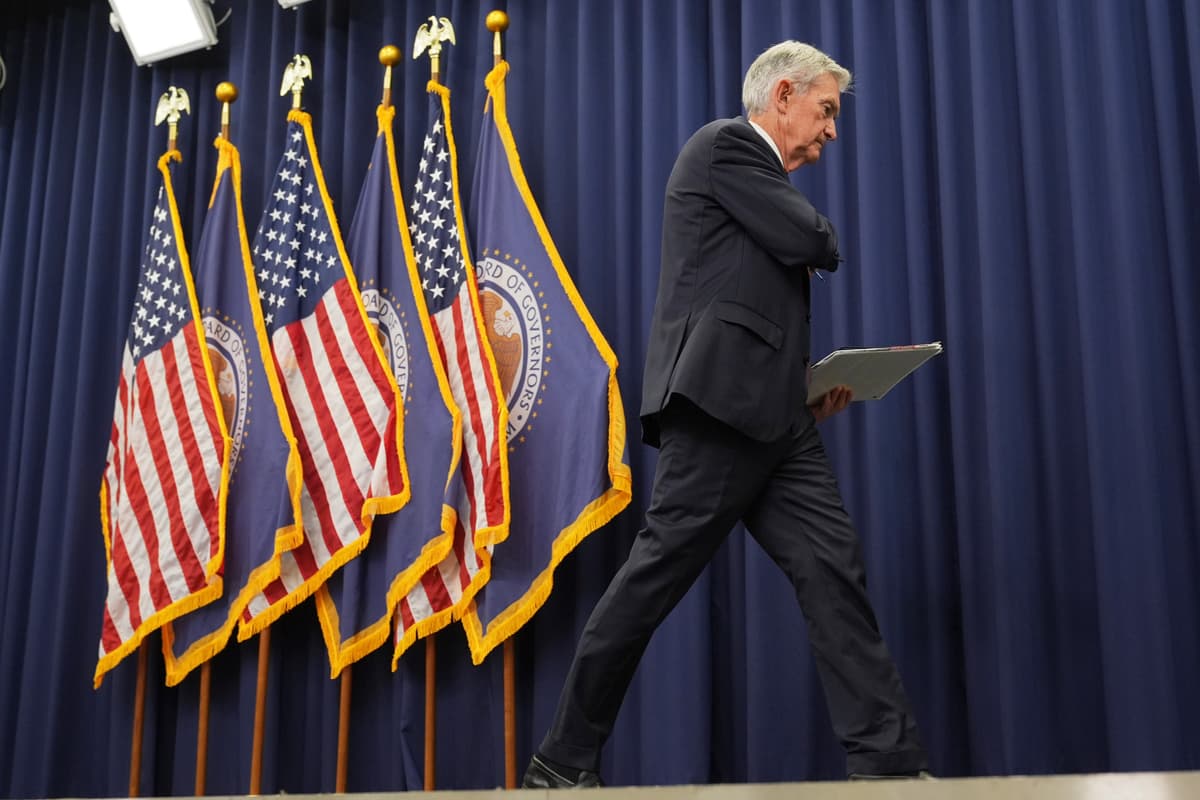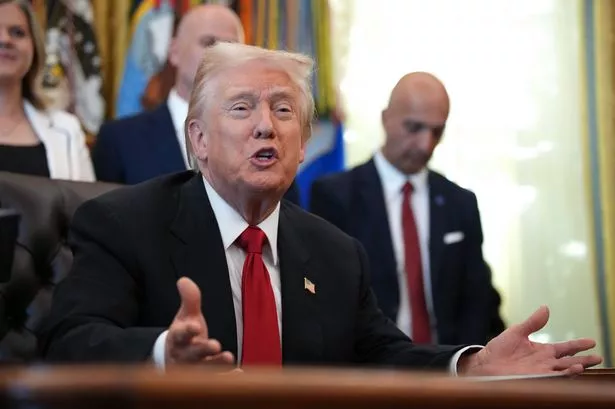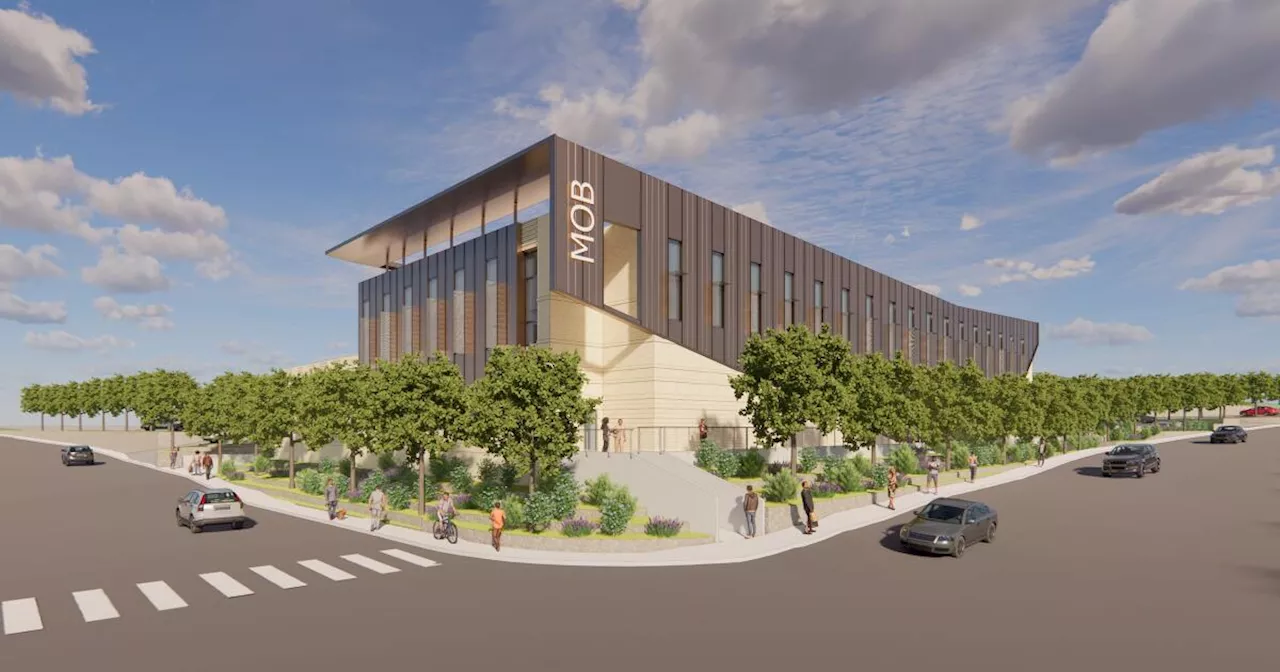UPDATE: Federal Reserve officials are in a rare public dispute over monetary policy, casting doubt on the previously expected December rate cut. In a surprising turn of events, the 10 to 2 vote to lower borrowing costs last week has ignited conflicting opinions among Fed members, with the market shrinking the chances of a cut down to just 65 percent from more than 90 percent earlier.
The divide first surfaced during last week’s Federal Open Market Committee (FOMC) meeting, where newly appointed Fed Governor Stephen Miran advocated for a more aggressive half-point reduction, while Kansas City Fed President Jeffrey Schmid pushed back against any cuts. In his post-meeting press conference, Fed Chairman Jerome Powell acknowledged the “strongly differing views” among officials, stating that a December cut is “not a foregone conclusion.”
As the government shutdown continues to impact economic data releases, the schism has grown more pronounced. This uncertainty is crucial as Fed officials weigh the risks of a weakening labor market against persistent inflation. The labor market showed surprising resilience, with 42,000 jobs added in October, reversing the previous month’s decline. Miran called this data “a welcome surprise” but argued that lower rates are necessary to mitigate risks in the labor market.
On the other hand, a faction of Fed officials has adopted a more hawkish stance. Dallas Fed President Lorie Logan, Cleveland Fed President Beth Hammack, and Atlanta Fed President Raphael Bostic have expressed reservations about further easing while inflation remains high. Chicago Fed President Austan Goolsbee acknowledged his support for last week’s cut but voiced concerns about inflation, emphasizing he is “undecided” heading into the December meeting.
Governor Lisa Cook attempted to bridge the divide, describing the Fed’s dual mandate of maximum employment and stable prices as “in tension.” Cook warned that maintaining high rates could harm the labor market, yet cautioned that excessive cuts could destabilize inflation expectations. She noted the upcoming December meeting as “live” for potential cuts but refrained from committing to any action.
Amid these conflicting views, San Francisco Fed President Mary Daly highlighted the importance of balancing risks. She referred to last week’s rate cut as “insurance” against labor market weakness while keeping an “open mind” about December’s decisions. “It would be unfortunate to reach a 2 percent inflation target at the expense of millions of jobs,” Daly stated.
The ramifications of this internal discord at the Federal Reserve are significant for markets and the economy. Investors are now recalibrating their expectations as officials publicly stake out their positions ahead of the critical December meeting. The ongoing government shutdown complicates matters further, impacting the availability of key economic data.
WHAT TO WATCH FOR: As the December meeting approaches, investors and economists will closely monitor any shifts in the Fed’s stance on interest rates and the broader economic indicators that may influence policy decisions. The internal conflict among Fed officials underscores the growing uncertainty surrounding the future of U.S. monetary policy and its potential impact on the economy.
Stay tuned for real-time updates as this story develops.







